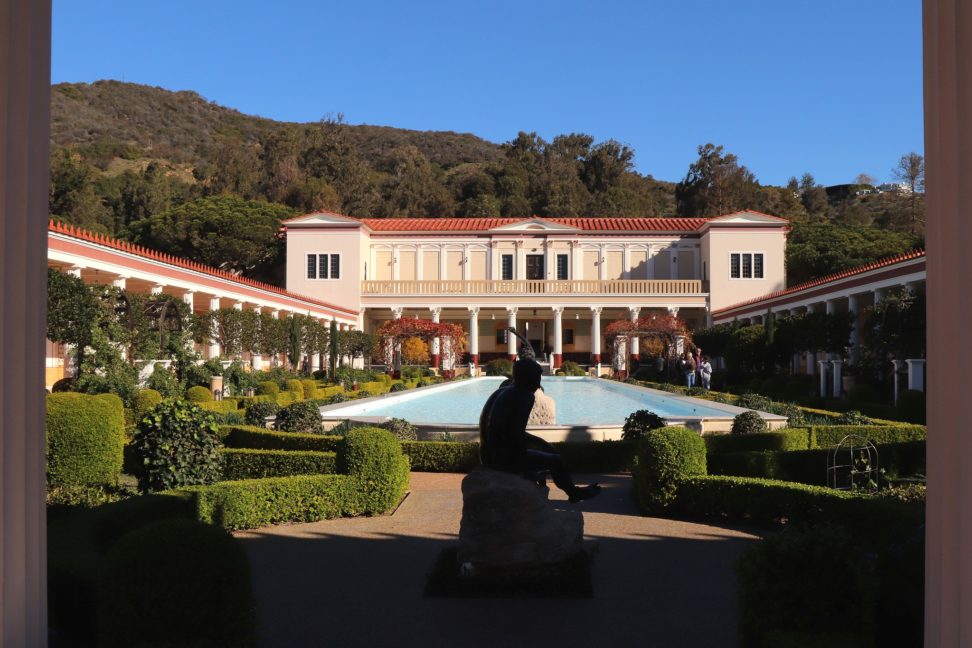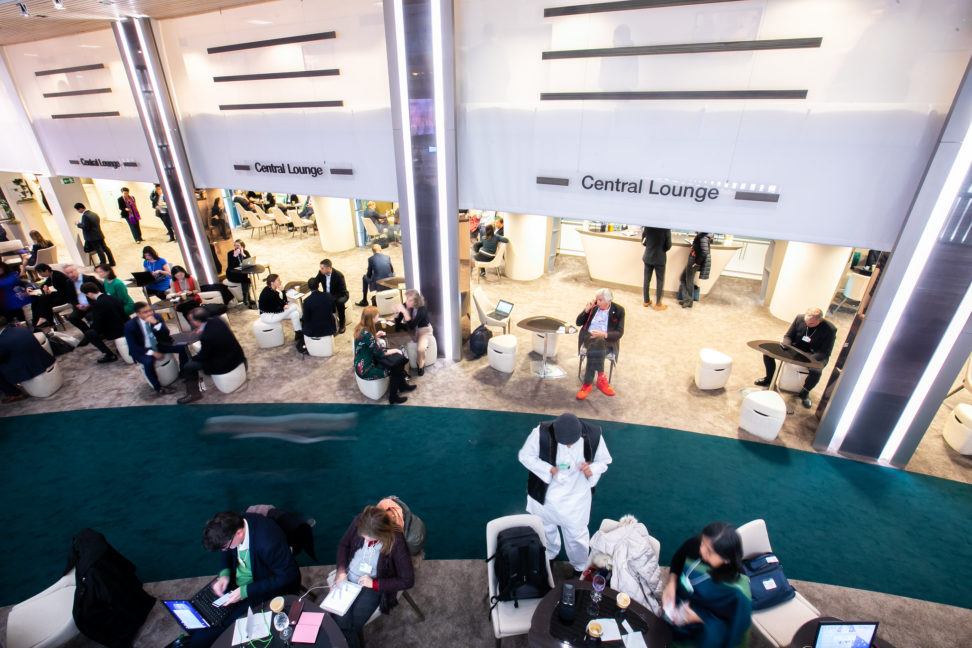People with high socio-economic status have a disproportionately large influence on greenhouse gas emissions. Directly through their consumption and indirectly through their financial and social opportunities. Nevertheless, climate protection measures are hardly aimed at this population group and the possibilities of such initiatives have hardly been explored. Climate protection strategies must aim to reduce the greenhouse gas emissions of the elites. Regardless of which strategies are preferred, whether persuasion and persuasion or political and fiscal measures, the role of these elites with their high consumption and their political and financial power to hinder or promote climate justice must be included. Five scientists from the fields of psychology, sustainability research, climate research, sociology and environmental research recently published an article in the journal nature energy (1). How is “high socio-economic status” defined? Primarily through income and wealth. Income and wealth largely determine status and influence in society, and they have a direct impact on the ability to consume. But people with a high socio-economic status also have an influence on greenhouse gas emissions through their roles as investors, as citizens, as members of organizations and institutions and as social role models.
Most emissions are caused by the elites
The richest 1 percent causes 15 percent of consumption-related emissions. The poorest 50 percent, on the other hand, together cause only half as much, namely 7 percent. Many super-rich with assets over $ 50 million who use private jets to commute between multiple residences around the world have an immensely high carbon footprint. At the same time, these people will be least affected by the consequences of climate change. Studies also show that greater social inequality within a country is generally associated with higher greenhouse gas emissions and less sustainability. This is due on the one hand to the consumption of these people with high status and on the other hand to their influence on politics. Three forms of consumption are responsible for most of the greenhouse gas emissions of the rich and super-rich: air travel, automobiles and real estate.
The plane
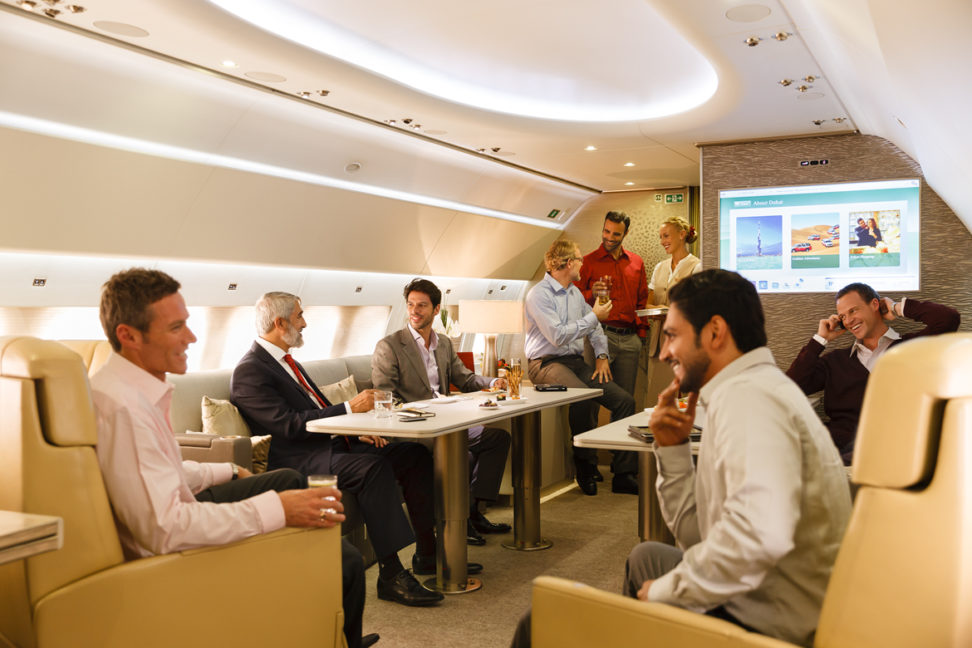
Das Auto

The Villa
The well-known one percent is also responsible for a large part of emissions from the residential sector, namely 11 percent. These people own larger houses or apartments, have several residences and use household goods with high energy consumption, such as central air conditioning. On the other hand, people with high incomes have more opportunities to reduce their emissions through measures with high initial costs, for example to replace heating systems or install solar panels. The switch to renewable energies has the greatest potential in this area, followed by extensive renovations to improve energy efficiency and the conversion to energy-saving household appliances. Well-coordinated public measures can also make this possible for households with lower incomes. So far, the authors say, studies on behavioral changes have unfortunately focused on behaviors with a relatively low climate protection potential. (Especially on behavioral changes that lead to an immediate or almost immediate effect, such as turning back the thermostat of the heating [2].) The existing findings on the influence of socio-economic status on possibilities for behavioral changes vary. People with higher incomes and higher education would be more likely to invest in measures to improve energy efficiency or in more efficient technologies, but they would not consume less energy. However, as I said, people with higher incomes would have better ones Scopeto reduce their emissions. Experience so far shows that CO2 taxes have hardly had any impact on the consumption of high-income households because these additional costs are negligible in their budget. On the other hand, households with low incomes are heavily burdened by such taxes [3]. Political measures that, for example, help to reduce acquisition costs would be more just economically. The location of high status residences can increase or decrease greenhouse gas emissions. Residing in the expensive, densely populated city center, where residential units are also smaller, is cheaper than living outside the city, where the residential units are larger and where most journeys are made by motor vehicle. The authors emphasize that consumer behavior is not only determined by rational decisions, but also by habits, social norms, experiences and inclinations. Prices can be a way of influencing consumer behavior, but strategies to change social norms or break routines can also be very effective.
The portfolio
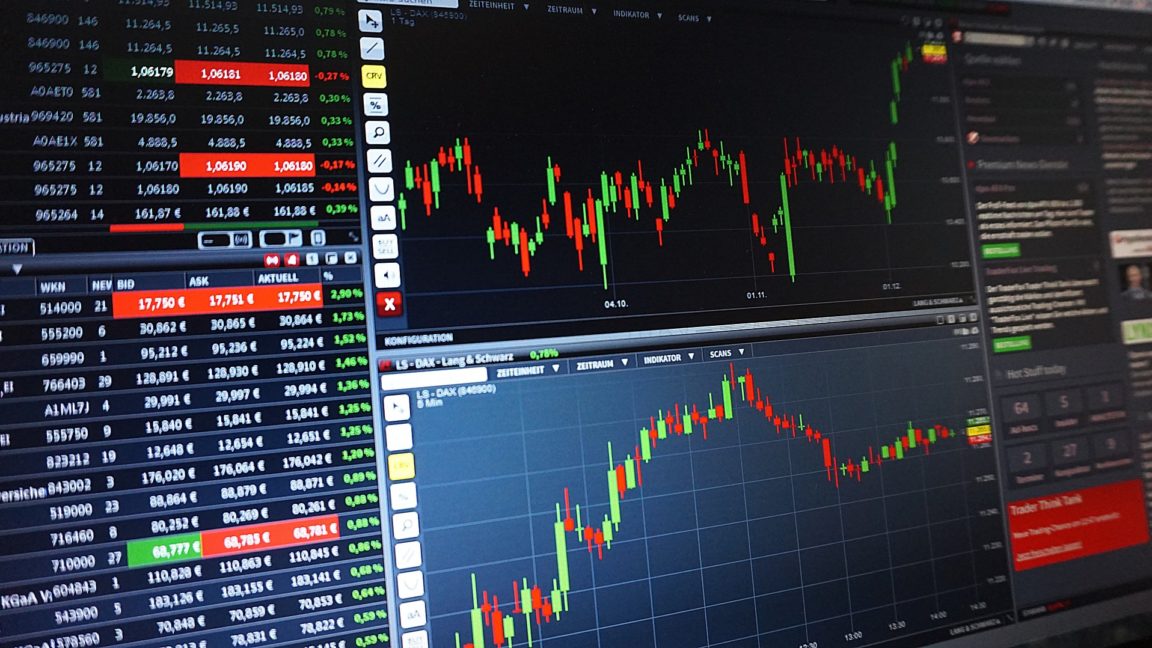
The celebrities

The CEOs
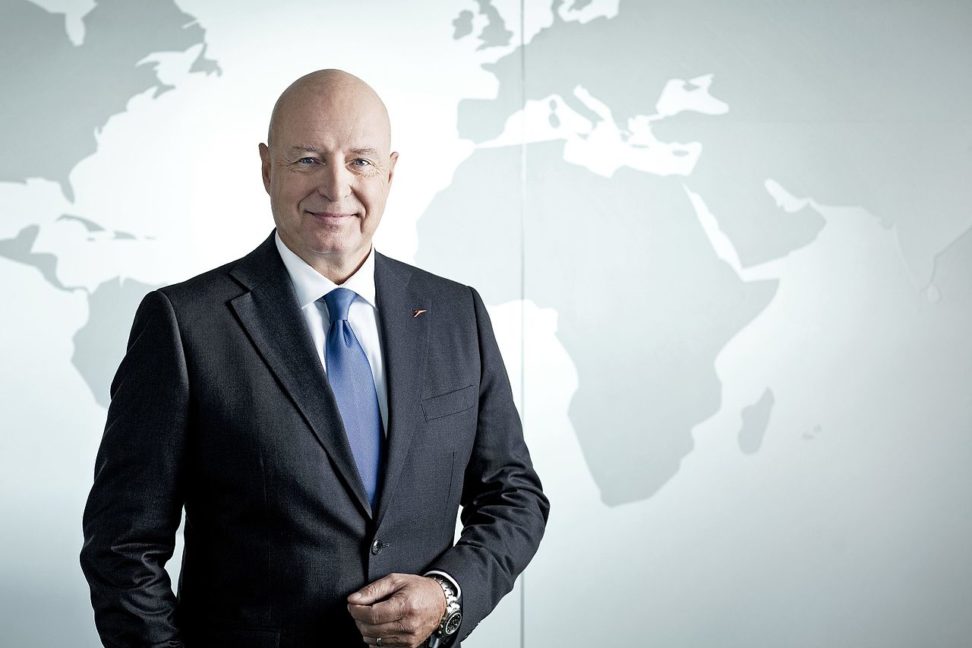
The lobby
People influence greenhouse gas emissions at the state level through elections, lobbying and participation in social movements. The networks not of the top one percent, but the top one Tenths of a percent form the core of political and economic power, both globally and in most countries. People with a high socio-economic status have a disproportionately large influence in their role as citizens. You will have better access to decision-makers in private companies and in the public sector. Their financial resources enable them to expand their influence on these groups through donations to lobby groups, politicians and social movements and to promote or block social change. The energy policy of states is strongly influenced by lobbying. A very small number of very influential people have a major impact on decisions. The political action of the elite has so far been a powerful obstacle to action to contain climate change. In the energy sector, overwhelming political lobbying and influencing of public opinion has come from the fossil fuel sector, favoring policies that cement the production and consumption of fossil fuels. For example, two oil billionaires [5] have had a profound influence on the political discourse in the US for decades and pushed it to the right, which has favored the rise of politicians who advocate low taxes, oppose environmental protection and climate protection, and are generally suspicious of state governments Influencing are. Renewable energy companies and others that would benefit from a decarbonised future could theoretically counter these influences, but their impact has so far been minimal.
What still needs to be researched
In their conclusions, the authors name three main research gaps: First, how influenceable can the consumption behavior of the elites, especially with regard to air travel, motor vehicles and housing? The fact that the negative effects of flying have no price is a direct subsidization of the richest, as they are responsible for 50 percent of flight emissions. A linear CO2 tax would likely have little impact on the consumption behavior of the rich. A frequent flyer tax, which increases with the number of flights, could be more effective. A general progressive taxation of high incomes and large wealth could have a particularly favorable effect on the climate. This could limit the consumption of prestige. The relative status differences would be preserved: the richest would still be the richest, but they would no longer be that much richer than the poorest. This would reduce inequality in society and reduce the disproportionately high influence of the elite on politics. But these possibilities still need to be explored much better, according to the authors. A second research gap concerns the role of people with high socio-economic status in companies. How far do such people have the ability to change corporate culture and corporate decisions in the direction of lower emissions, and what are their limits? The authors identify a third research gap, to what extent the type of influence exerted by people with high socio-economic status affects politics, namely through their political capital, their influence on companies and organizations, and through financial support for lobbying and political campaigns. These elites have so far benefited most from the current political and economic structures, and there is some evidence that altruism declines with higher wealth. It's about understanding how different elite people are using their influence to promote or hinder rapid decarbonization. In conclusion, the authors emphasize that the elites with a high socio-economic status are largely responsible for climate change and the damage it causes. But the positions of power that they have would also enable them to work towards reducing greenhouse gas emissions and thus also reducing climate damage. The authors do not want to question the role of non-high status people in combating climate change, and they also emphasize the roles of indigenous peoples and local populations. But in this investigation they focus on those who caused most of the problems. No single strategy can solve the problem, and the actions of the elites can have great effects. Further research into how elite behavior can be changed is therefore of great importance.
Sources, notes
1 Nielsen, Kristian S .; Nicholas, Kimberly A .; Creutzig, Felix; Dietz, Thomas; Stern, Paul C. (2021): The role of high-socioeconomic-status people in locking in or rapidly reducing energy-driven greenhouse gas emissions. In: Nat Energy 6 (11), pp. 1011-1016. DOI: 10.1038 / s41560-021-00900-y 2 Nielsen KS, Clayton S, Stern PC, Dietz T, Capstick S, Whitmarsh L (2021): How psychology can help limit climate change. Am Psychol. 2021 Jan; 76 [1]: 130-144. doi: 10.1037 / amp0000624 3 The authors refer here to linear taxes without accompanying compensatory measures such as a climate bonus. 4 Michael Bloomberg is meant, cf. https://en.wikipedia.org/wiki/C40_Cities_Climate_Leadership_Group 5 Meant are the Koch brothers, cf. Skocpol, T., & Hertel-Fernandez, A. (2016). The Koch Network and Republican Party Extremism. Perspectives on Politics, 14 (3), 681-699. doi: 10.1017 / S1537592716001122
This post was created by the Option Community. Join in and post your message!



